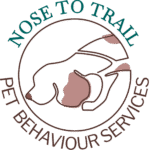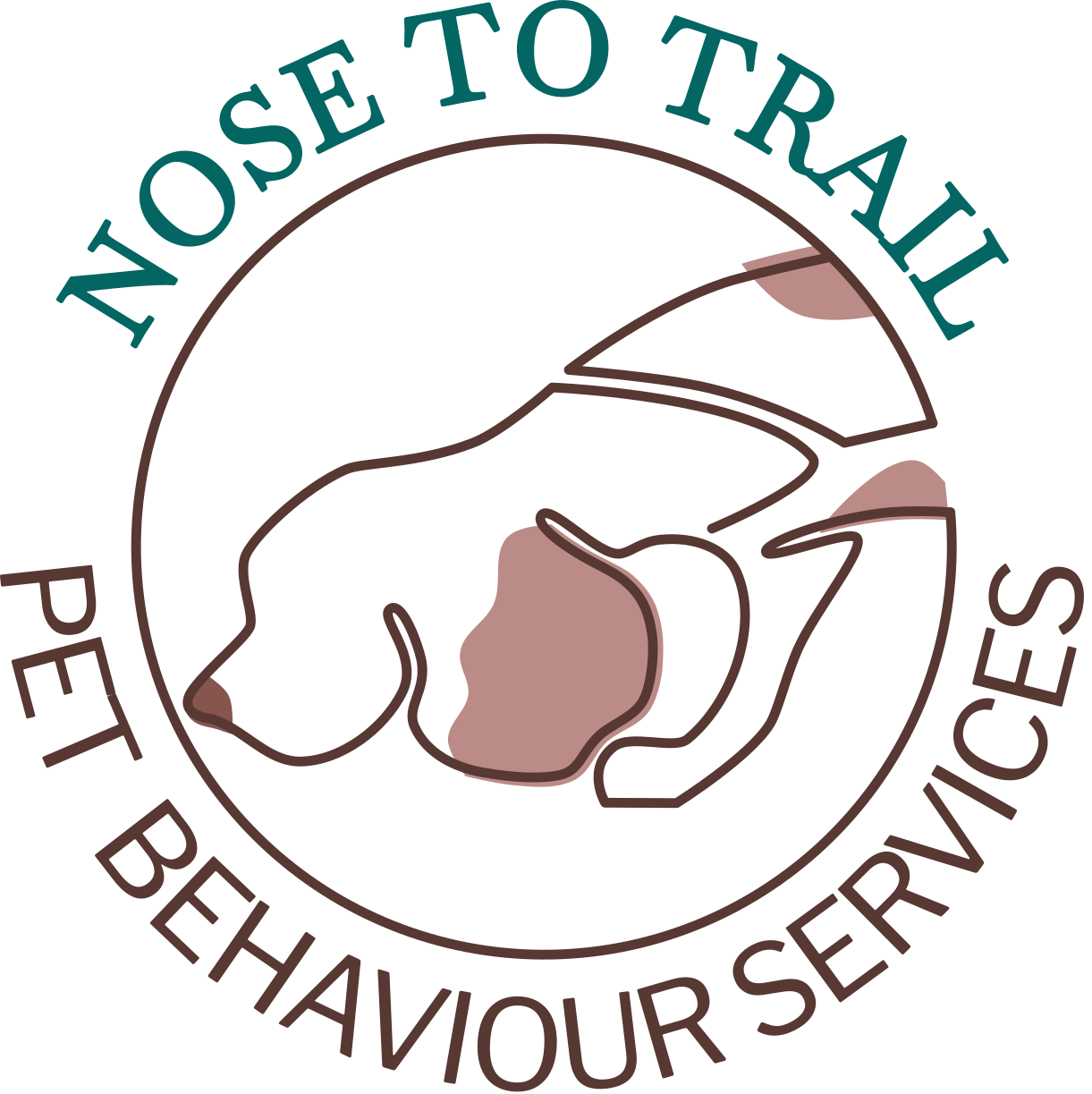Or when someone uses the door knocker, or opens the squeaky garden gate if that’s what you have at your home!
infographic to show the steps to train your dog not to bark at the doorbell
Last week I was asked about this at my Dog Body Language session at Charlie&Co in Nantwich, then the next day I was asked about this by a new behaviour case client. It really is one of the most common things I am asked for help with and so I thought I’d put this blog together to try and help as many people as possible to overcome this behaviour problem. So if your dog barks at visitors or at the sound of the doorbell / door knocker then read on!
There is often a quite straight forward process we can follow to help the dog to make a good choice when the doorbell is rung. We can make the doorbell the new cue to mean “go to bed”. Not many people think of using an environmental cue in their training but it just makes sense to me! Some people call me a lazy trainer, and that is fine by me. I would rather use environmental cues such as the sound of the doorbell being rung, than have to micromanage my dog’s behaviour throughout their life. Plus! What happens when the doorbell is rung and you aren’t there to tell your dog what to do?
step 1 of the process
To start we need a dog who can go to bed on cue with my clients we often use a relaxation protocol. This is a step by step guide which not only teaches the dog to lie on their bed, but to relax. This is slightly different to a more formal “stay” or “wait” cue which I find works better in these type of situations as many of the dogs who are barking at the door are struggling with hyperarousal, may be over excited by guests coming into the home, or may be a little worried and uncertain if the new person entering is going to be nice to them. You can find the relaxation protocol in my members area.
step 2 of the process
Then we pair the new cue “ding dong” with the old cue “go to bed”.
For some of my clients as they have been practicing barking at the sound of the current doorbell chime for many years we actually then change the doorbell noise at this point! One chose the “baby shark” tone but that really is not necessary you can pick whatever noise you like!
Step 3 of the process
Over time when we repeat this in our training sessions, the dog may hear the door bell “ding dong” and anticipate and run to their bed.
When they do we throw them a party and give them all sorts of treats and fusses to let them know how clever they are (a jack pot reward).
Now this is a simplified over view and for some dogs you will need to break this down into smaller steps and perhaps also work on the underlying emotion behind their barking at the doorbell but I can help you with that if needed! Just pop me an email to info@nosetotrail.co.uk for further support.
Would your friends and family be impressed if when they rang the doorbell your dog ran to their bed?
If so give it a go and let me know how you get on!

